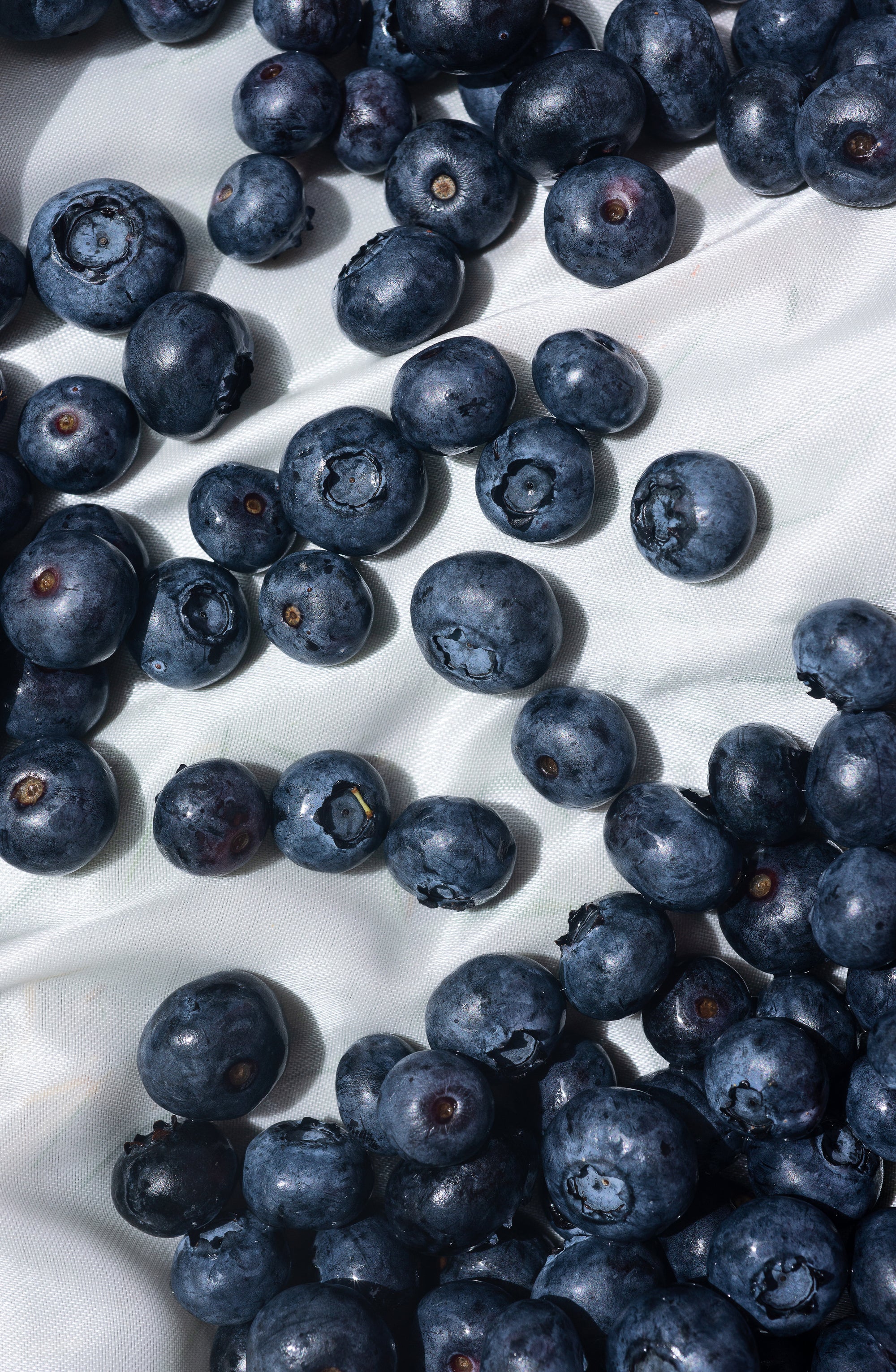Disinfection of Washable Objects
Textiles, crops & produce, toothbrushes & razors, and more—this is what makes chlorine dioxide is the best cleaning companion.


Textiles
Clothing articles like socks and undergarments tend to emit the strongest odors and harbor an exceptional amount of bacteria, fungi, and viruses. Fecal bacteria, for example, is commonly found in the undergarments of children and adults and can multiply if left in a hamper. Clothes have been linked to the transmission of fungi related to the skin and nails. Shared bathroom towels have also been shown to spread hepatitis B, a blood-borne pathogen. Some of these pathogenic bacteria can even survive laundering conditions (e.g. coliform bacteria on bath and face towels); proper laundering of these items, including pre-laundry disinfection, can thus help to prevent the production of odors and control illness-causing microbes. Chlorine dioxide functions both as a deodorizer and a disinfectant and can eliminate lingering, offensive odors and harmful pathogens more effectively than bleach without the production of toxic by-products. Bleach (or chlorine) is much more corrosive and irritating—especially because chlorine dioxide requires only a small, non-toxic amount to be effective—and reacts extremely dangerously with other household cleaners (e.g., ammonia, which is commonly used in laundry). Yvana Hahn Newgyne® solution is an effective chlorine dioxide-based solution that is FDA and EPA approved and safe for at-home laundry application.
Fresh Produce
Consumption of fresh produce that is not properly disinfected and washed of residual chemicals, pesticides, dirt, and pathogens can increase the chances of an outbreak of illnesses and infection. In 2014, for example, bean sprouts in the U.S. were linked to outbreaks of L. monocytogenes and Salmonella Enteritidis. The spread of pathogens through fresh produce can cause fatal infections, especially for those who are immunocompromised. Chlorine dioxide for the further disinfection of food products not only provides a safety measure for the consumption of produce but further maintains the quality and freshness of produce without leaving toxic levels of residuary trihalomethanes (THMs). Spraying, immersing, or washing fresh produce with chlorine dioxide works to maintain its quality by destabilizing cell membranes, altering membrane permeability, interrupting protein synthesis in microbes, and influencing ethylene biosynthesis and respiration rate of fresh produce. The inhibition of ethylene biosynthesis and a reduction in the respiration rate to reduce the consumption of nutrients and water, for example, can preserve the firmness and mass of the fruit and other physiological and biochemical changes that occur during the maturation of produce. A reduction in microbial development will extend the shelf-life of produce. Repeated application during storage is also shown to significantly decrease browning in various foods. Chlorine dioxide may even promote wound healing in wounded produce according to a study conducted in 2019 demonstrated reduced weight loss and disease index in chlorine dioxide-treated muskmelons.
Chlorine dioxide can be further applied to extend the life of fresh-cut flowers which begin wilting as soon as it is cut from the plant. Adding small amounts of chlorine dioxide to vase water controls microbial load in the water, slows down ethylene production, and increases soluble protein content and antioxidant activities in flower petals. Yvana Hahn Newgyne® solution is made with just enough chlorine dioxide to be effective in disinfection yet safe for everyday fresh produce and fresh-cut flower use.

Toothbrushes & Razors
According to research, toothbrushes and razors harbor millions of bacteria and can be a source of serious infections such as E. coli bacteria and staphylococci, or “ Staph.” Without proper disinfection of these items, you increase your risk of becoming sick from a variety of harmful viruses, fungi, and bacteria (e.g. E. coli, staph bacteria, yeast fungus, strep virus, flu virus, etc.) that reside on toothbrushes and razors from moist environments, daily use, and improper storage (e.g. by the toilet) and cleaning. Cuts on the skin caused by razors can create unhygienic environments with blood, shaving cream, and hair and can increase the risk of infection. Proper and periodic cleaning of toothbrushes and razors with chlorine dioxide will reduce this risk by effectively eliminating any harmful pathogens.
Advanced Insight
Local Applications
Select the topic you'd like to learn more about




